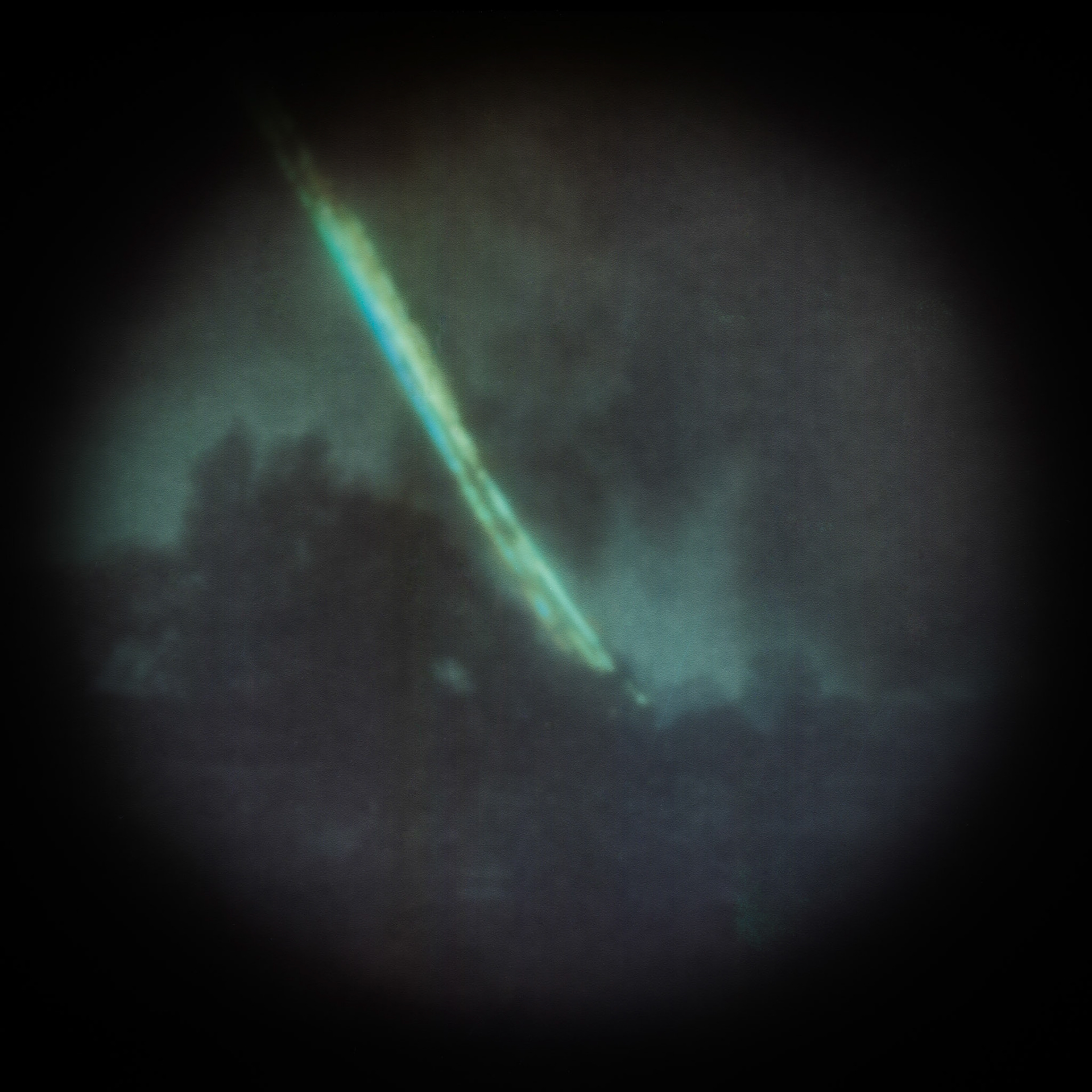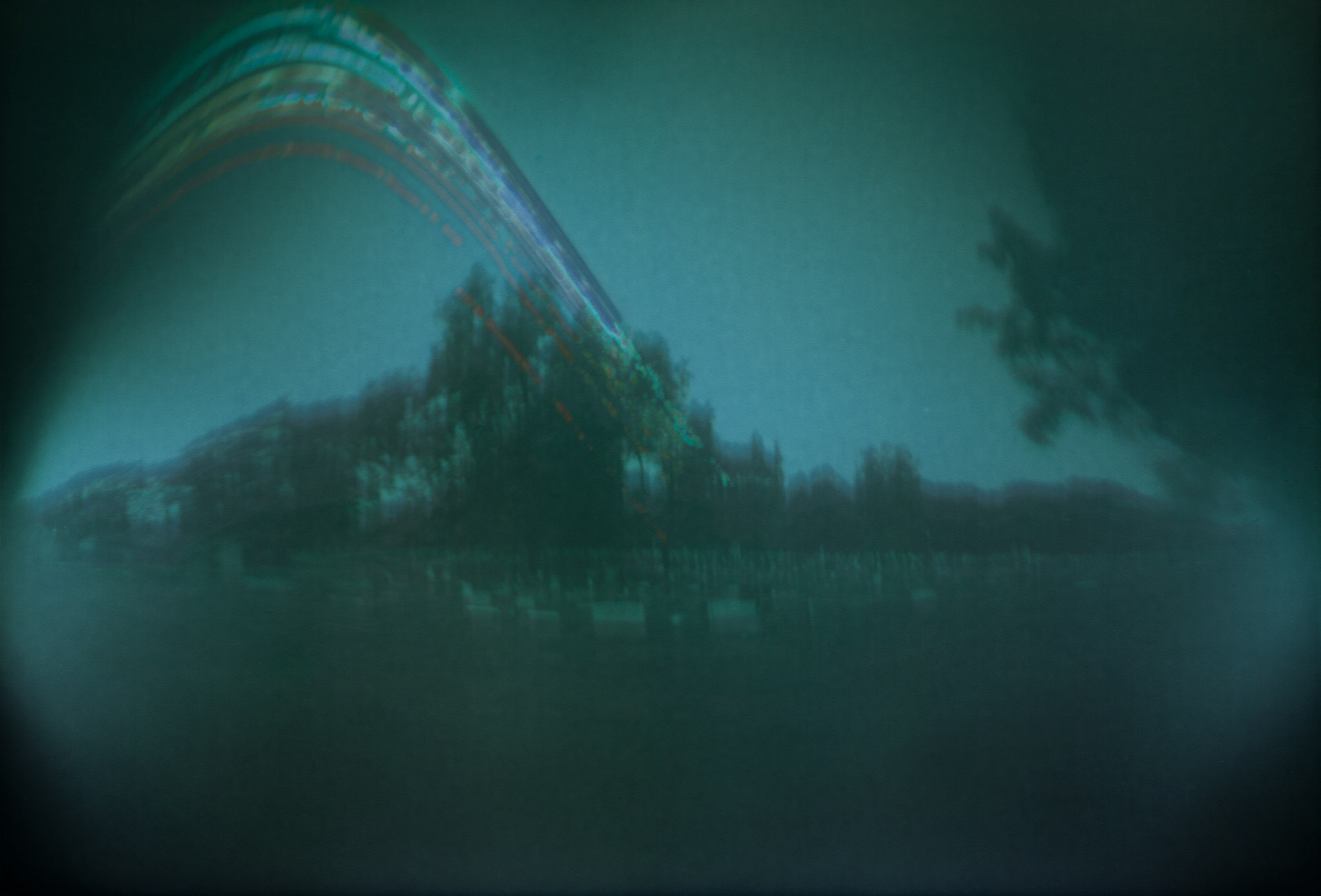Have you ever wanted to capture the passage of time with just a few simple materials? With a solargraph pinhole camera, you can photograph the sun’s journey across the sky over days, weeks, or even months! This fascinating project allows you to create a unique image that shows the sun’s arc from sunrise to sunset throughout the year.
Learn how here: Pinhole Tutorial
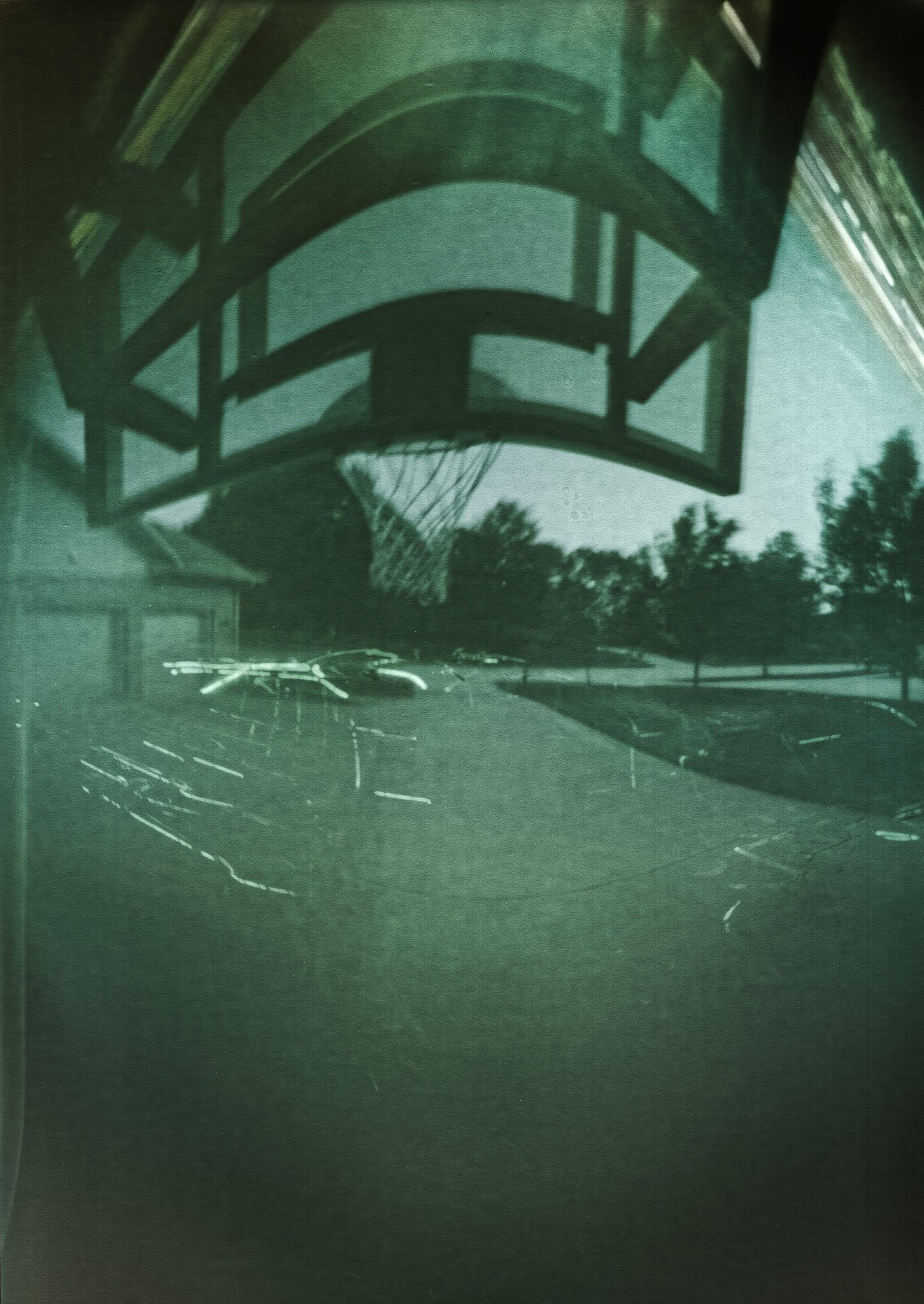
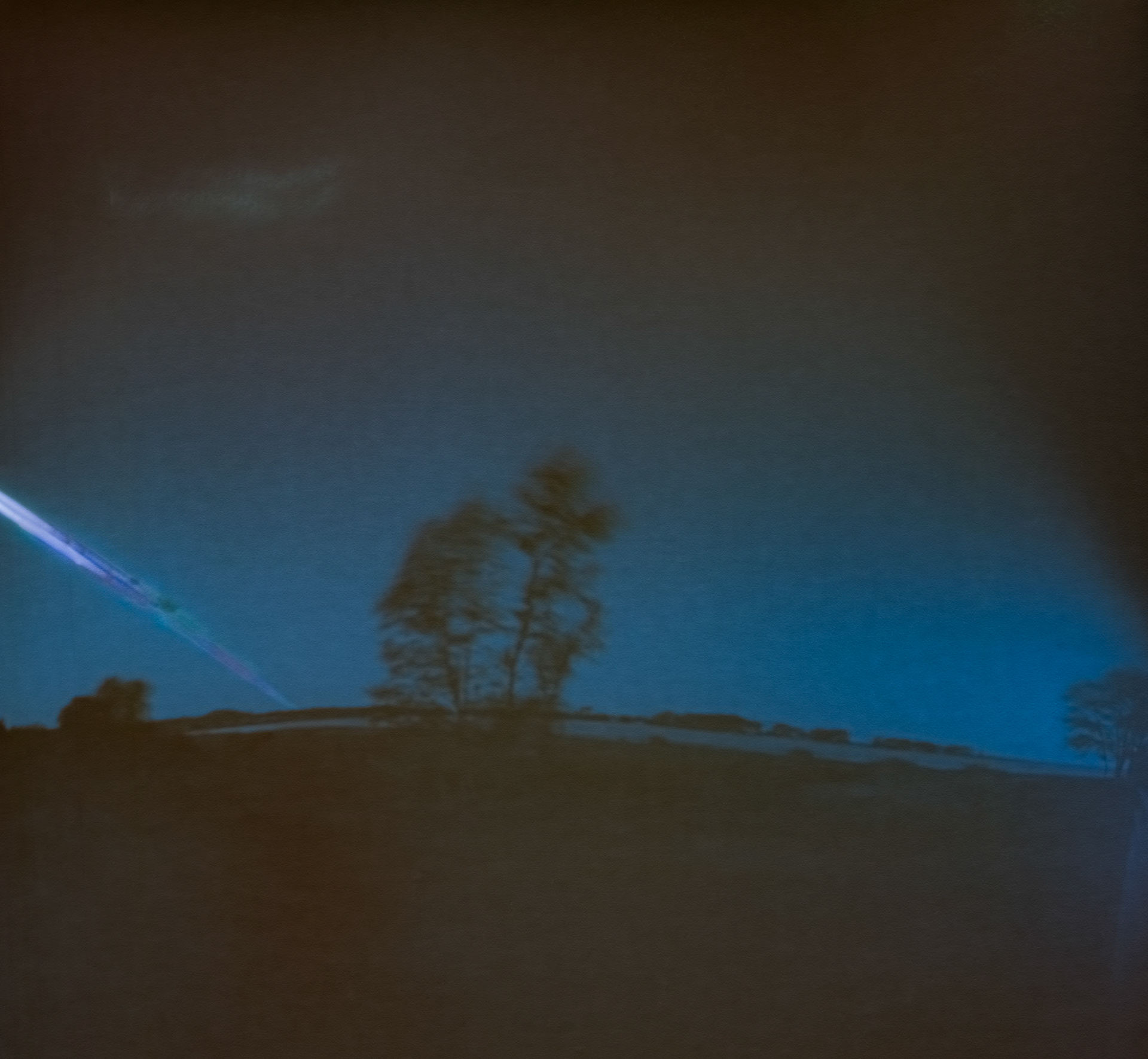
One week exposure
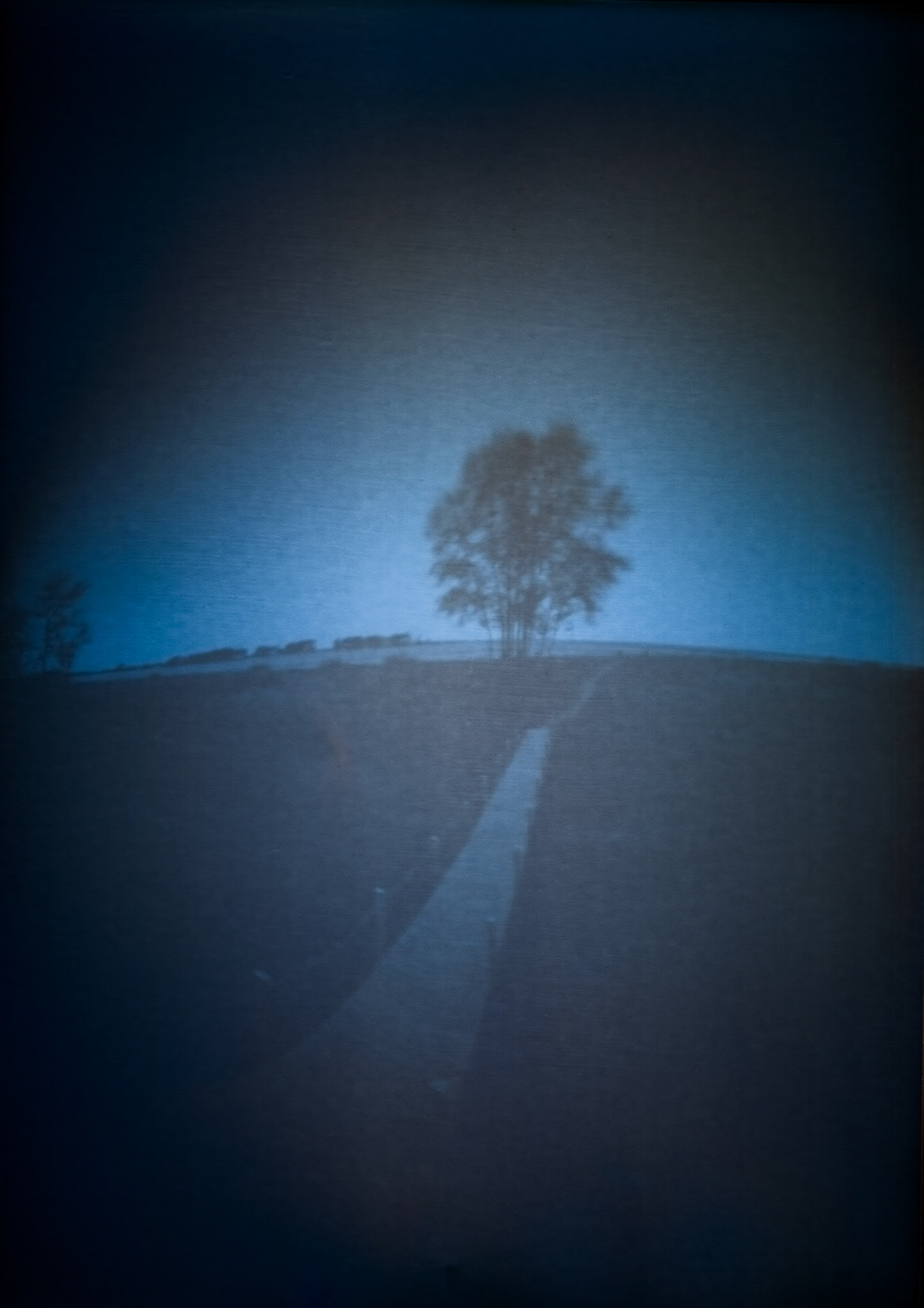
One week exposure
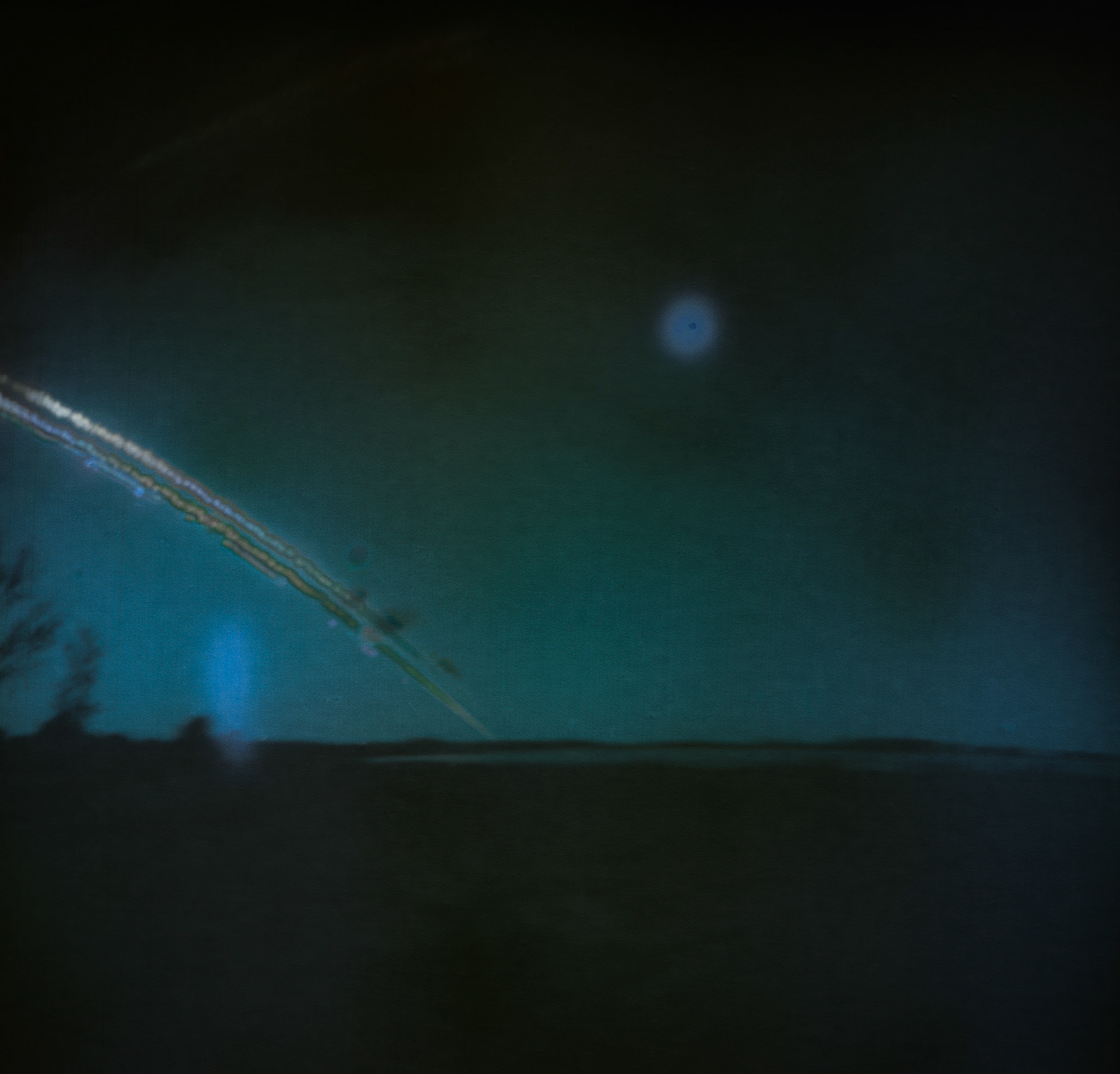
One week exposure
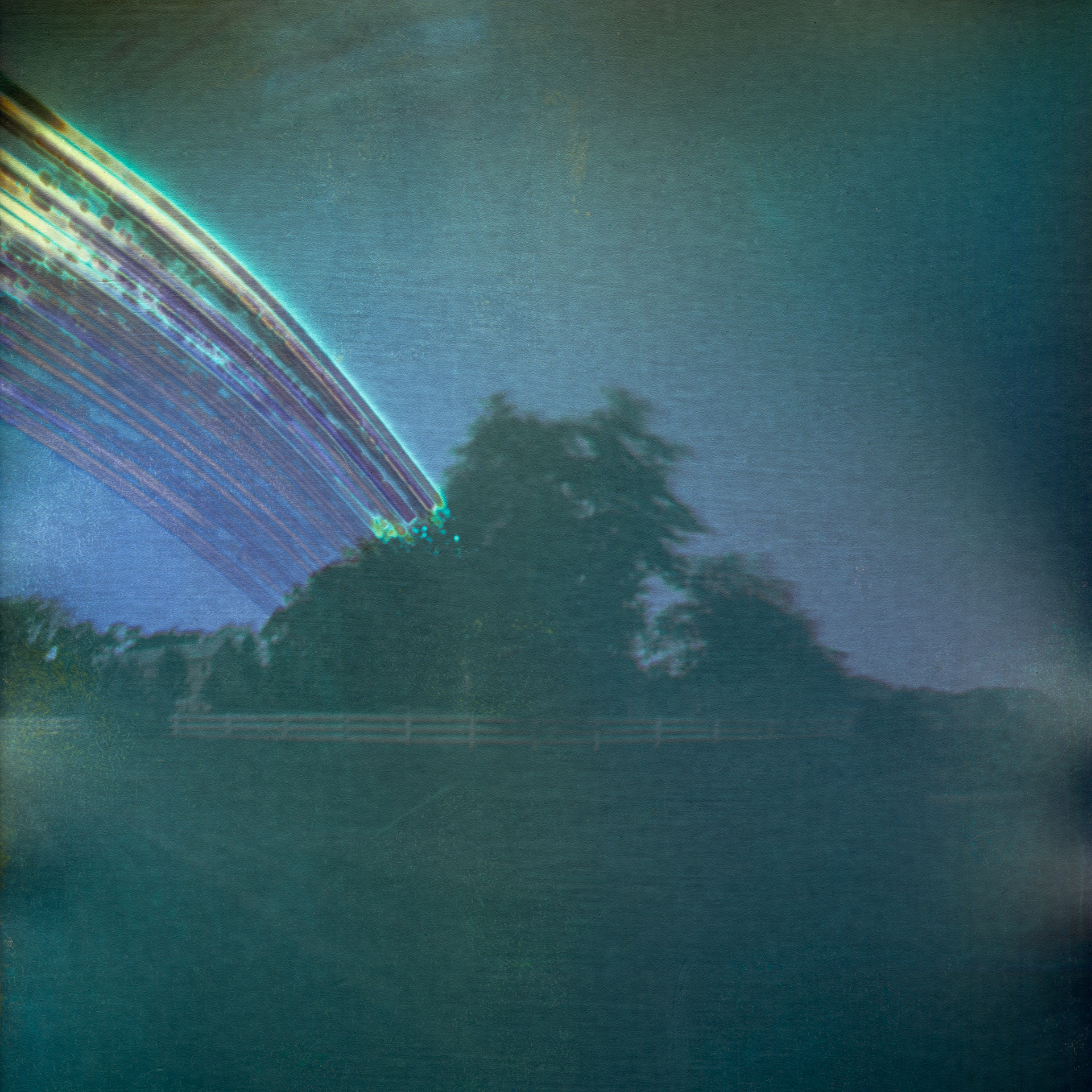
Six month exposure
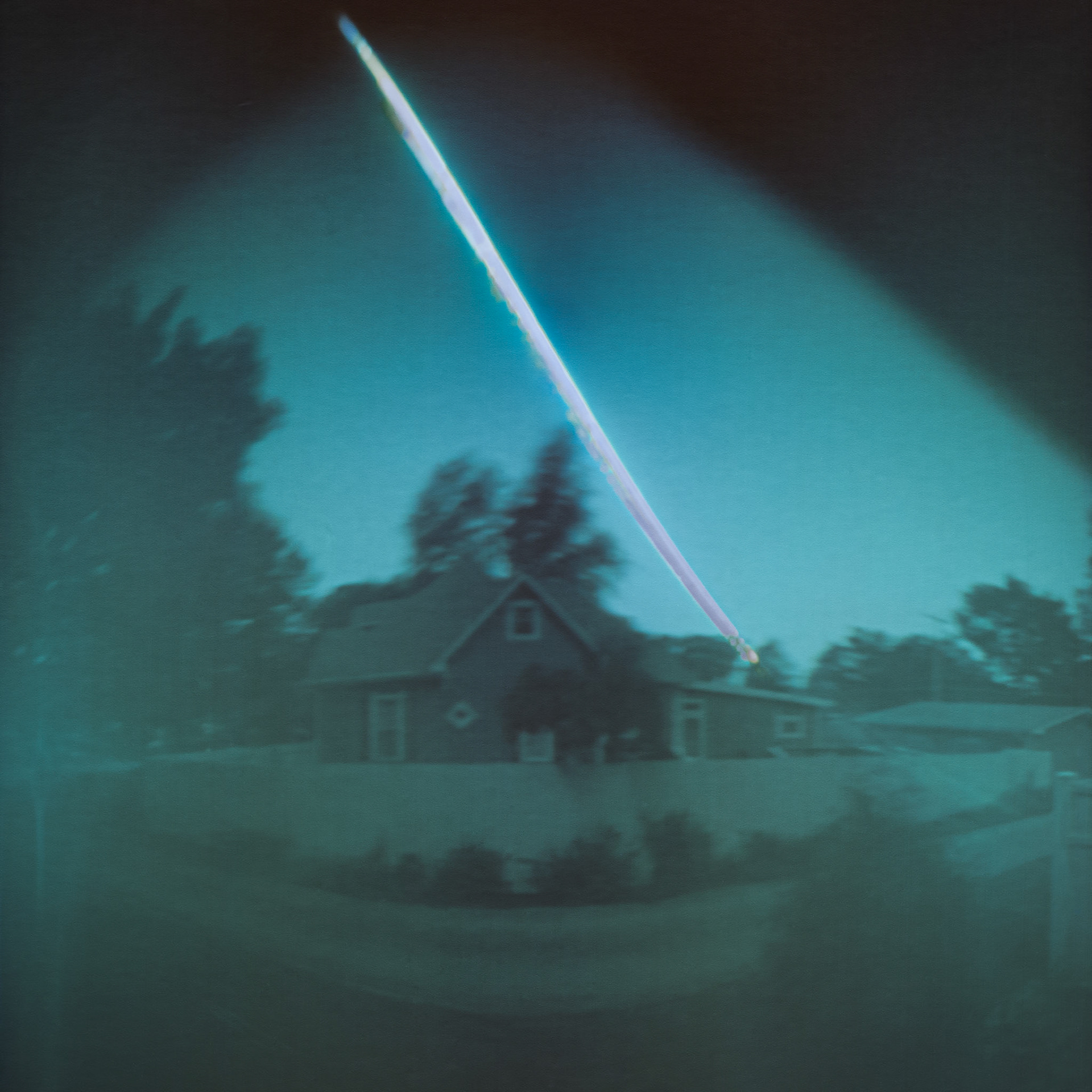
Seven day exposure
